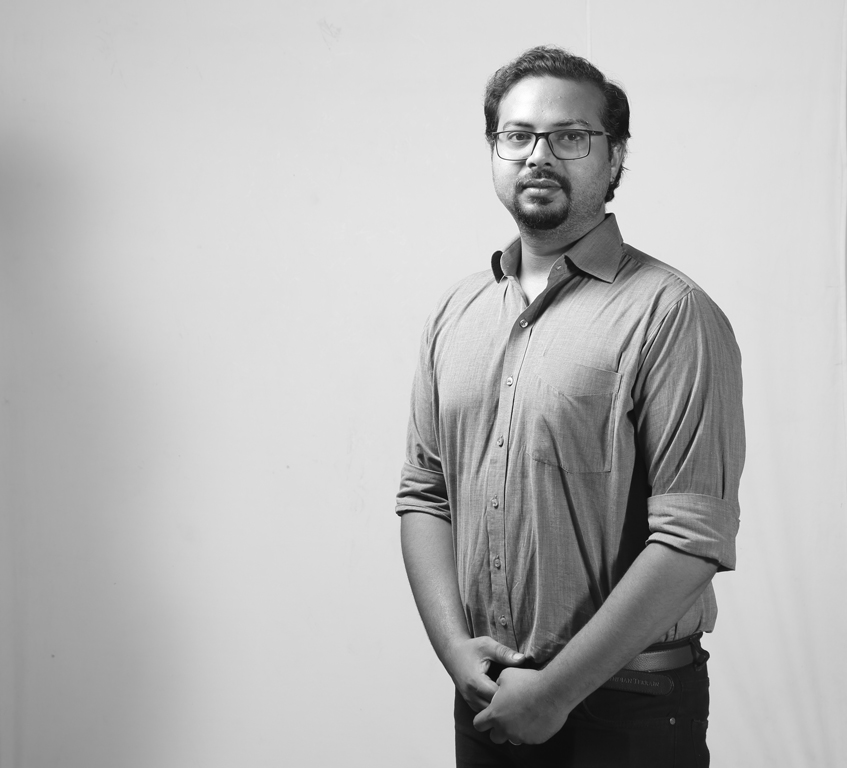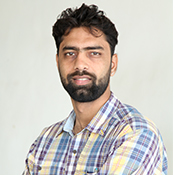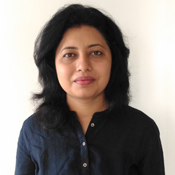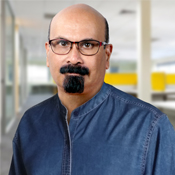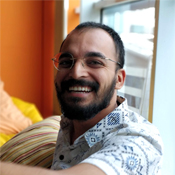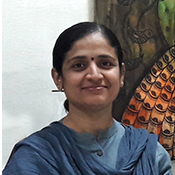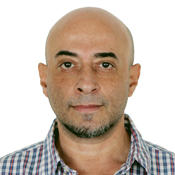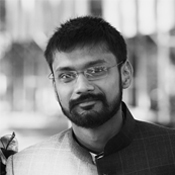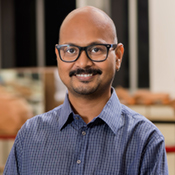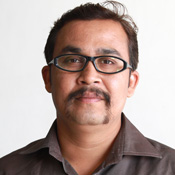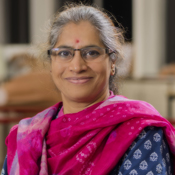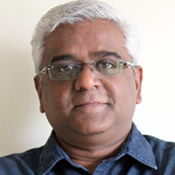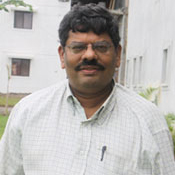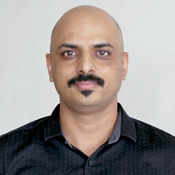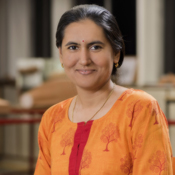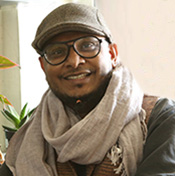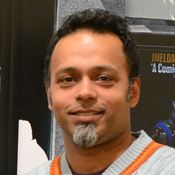Meraki 2023
Meraki is an academic event showcasing an array of innovative and creative projects undertaken during last two years, highlighting the diverse talent and imagination of the students through panel displays and fashion show. This event not only provide a platform for students to exhibit their creative prowess but also allow them to receive invaluable feedback and critique from professionals deeply entrenched in the design field. This event aims to provide students with experts’ feedback and guidance on their further journey.
Meraki 2023 is a flagship event of MIT Institute of Design, MIT ADT University creating a supportive community, encouraging collaboration and mentorship.
An event open to all students, design aspirants, parents, design enthusiast and faculties at MIT Institute of Design.
The event will foster meaningful connections between students and experts, facilitating mentorship opportunities and potential collaborations. This interaction between academia and industry not only ensures the high calibre of our graduates but also strengthens the bridge between education and professional practice in the dynamic realm of design.
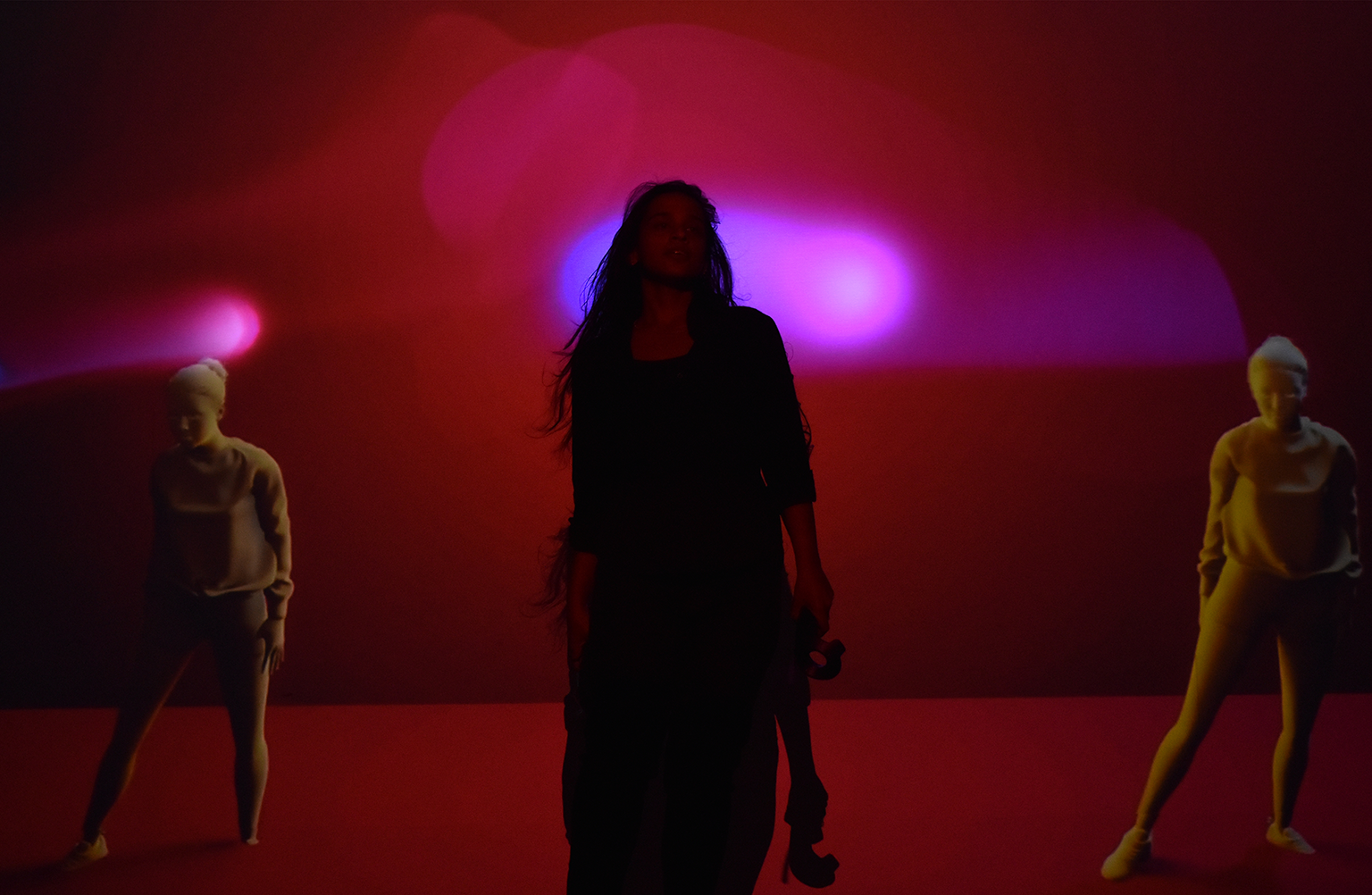
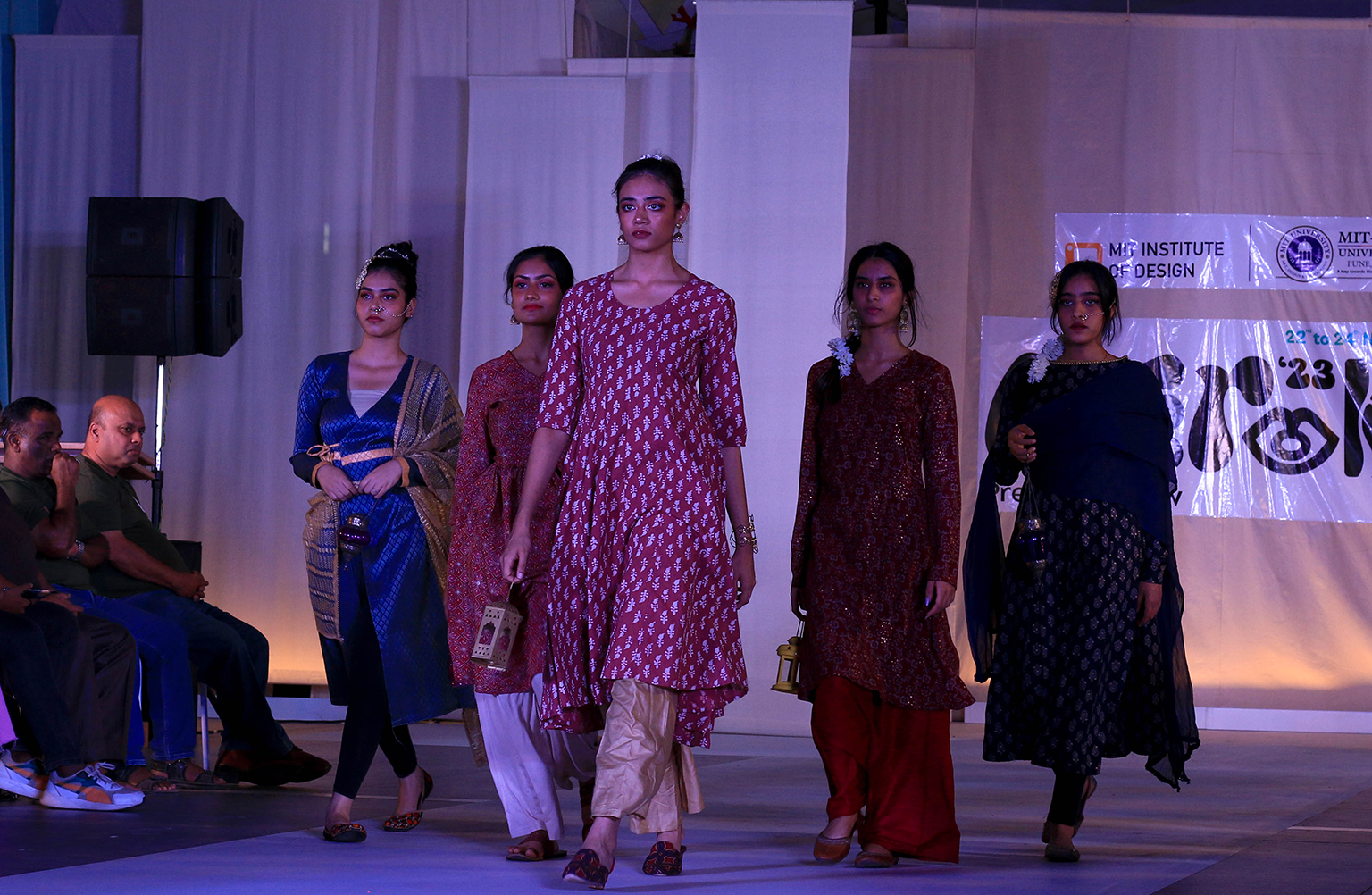
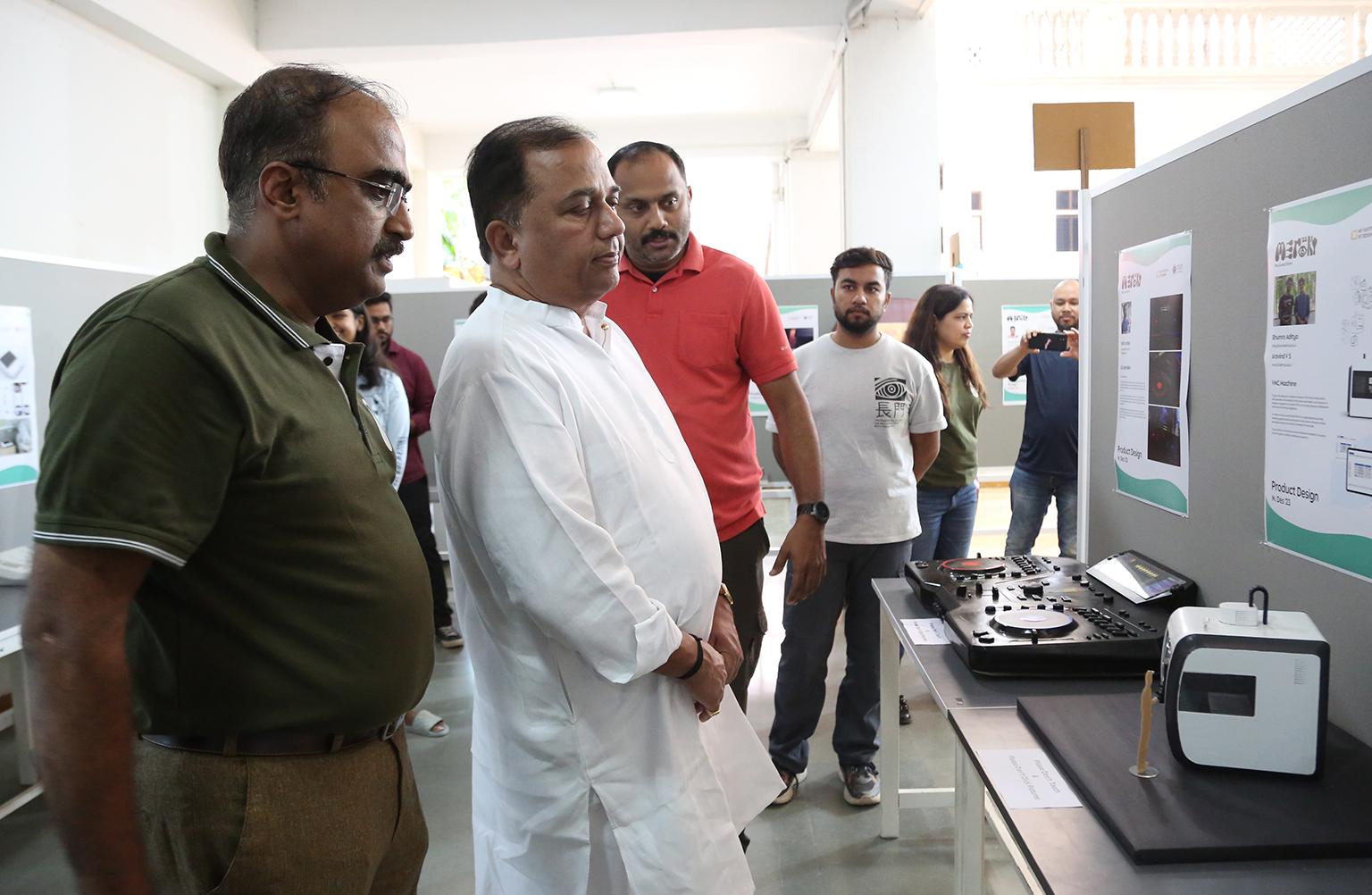
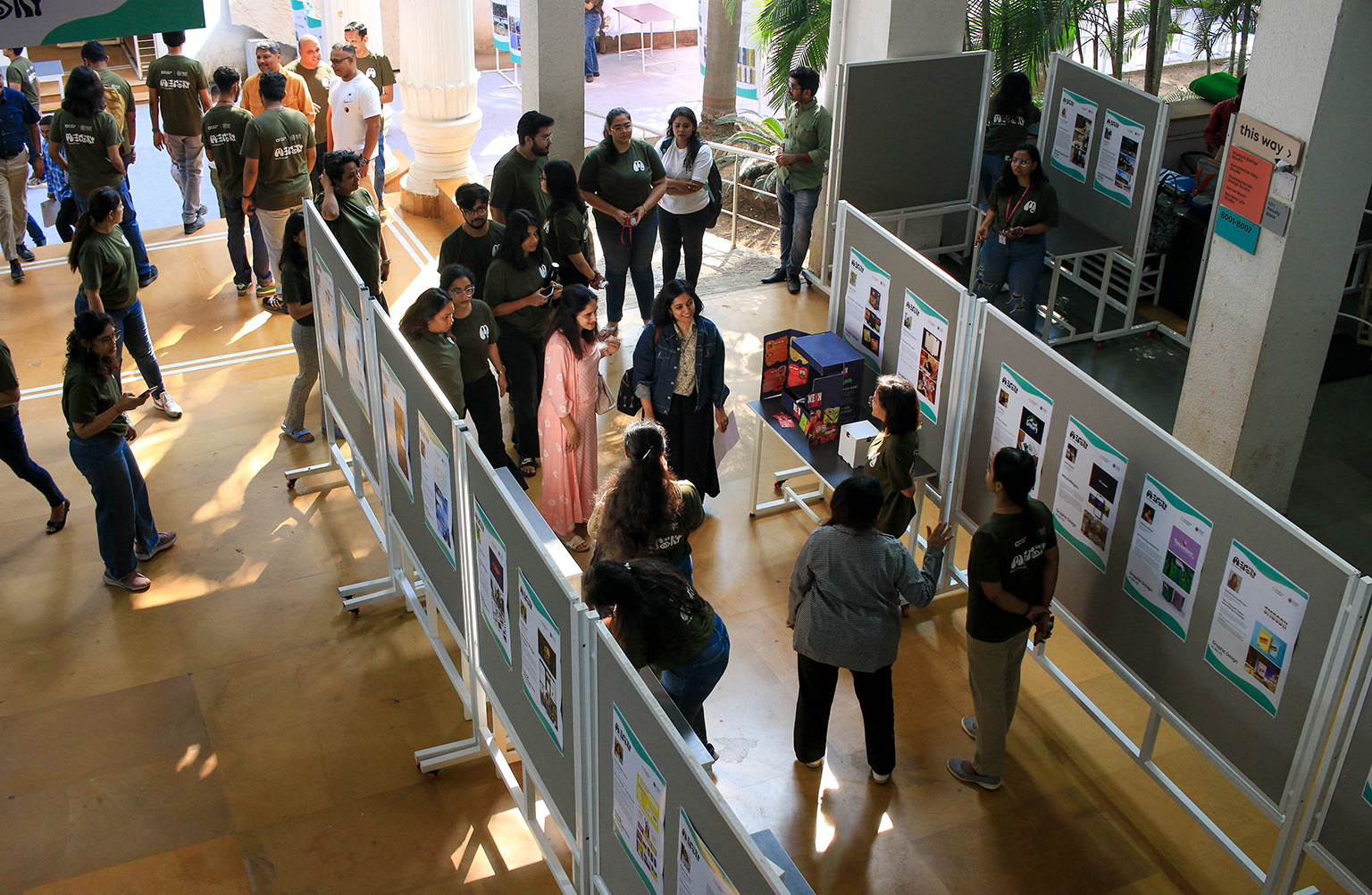
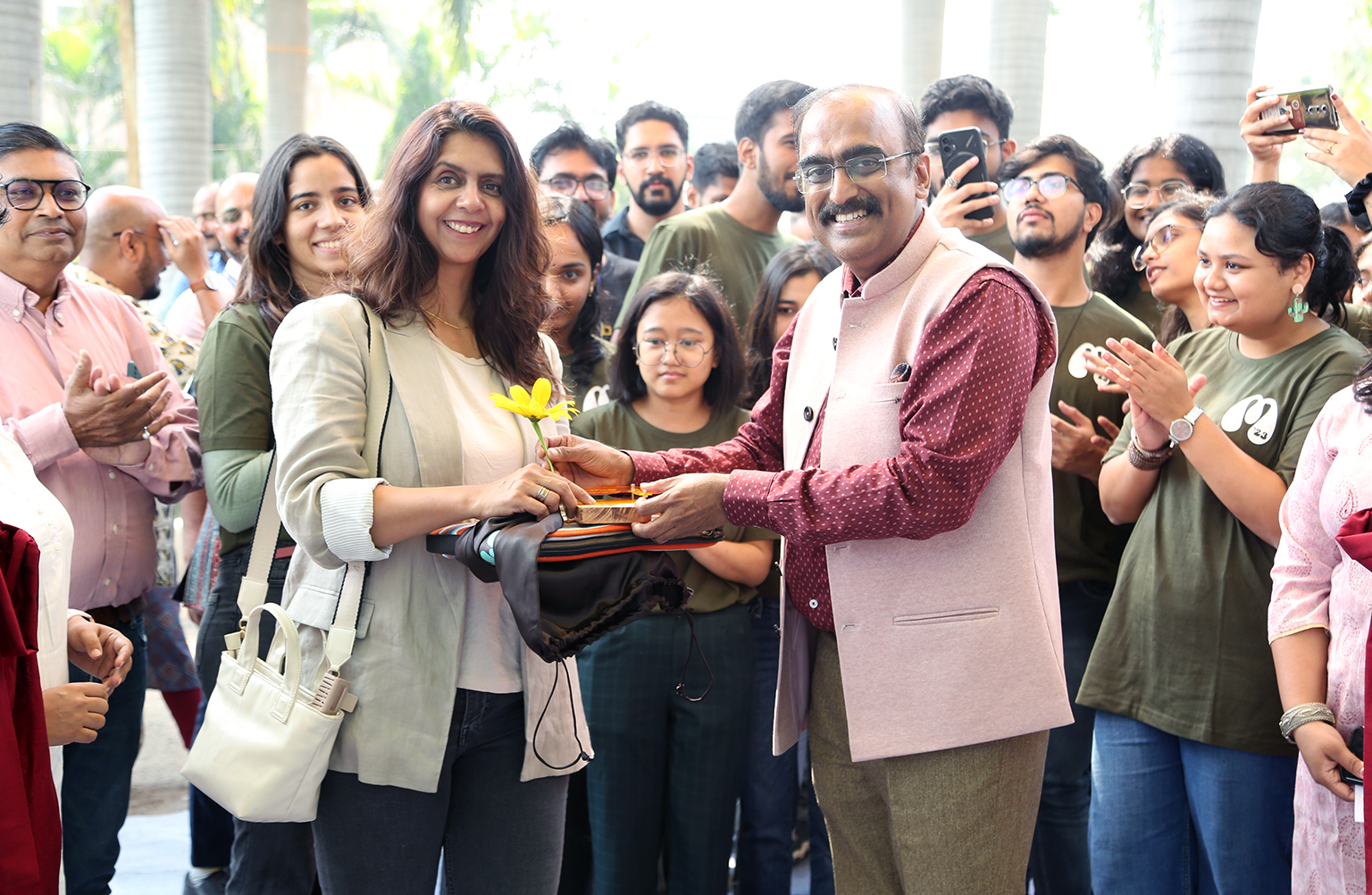
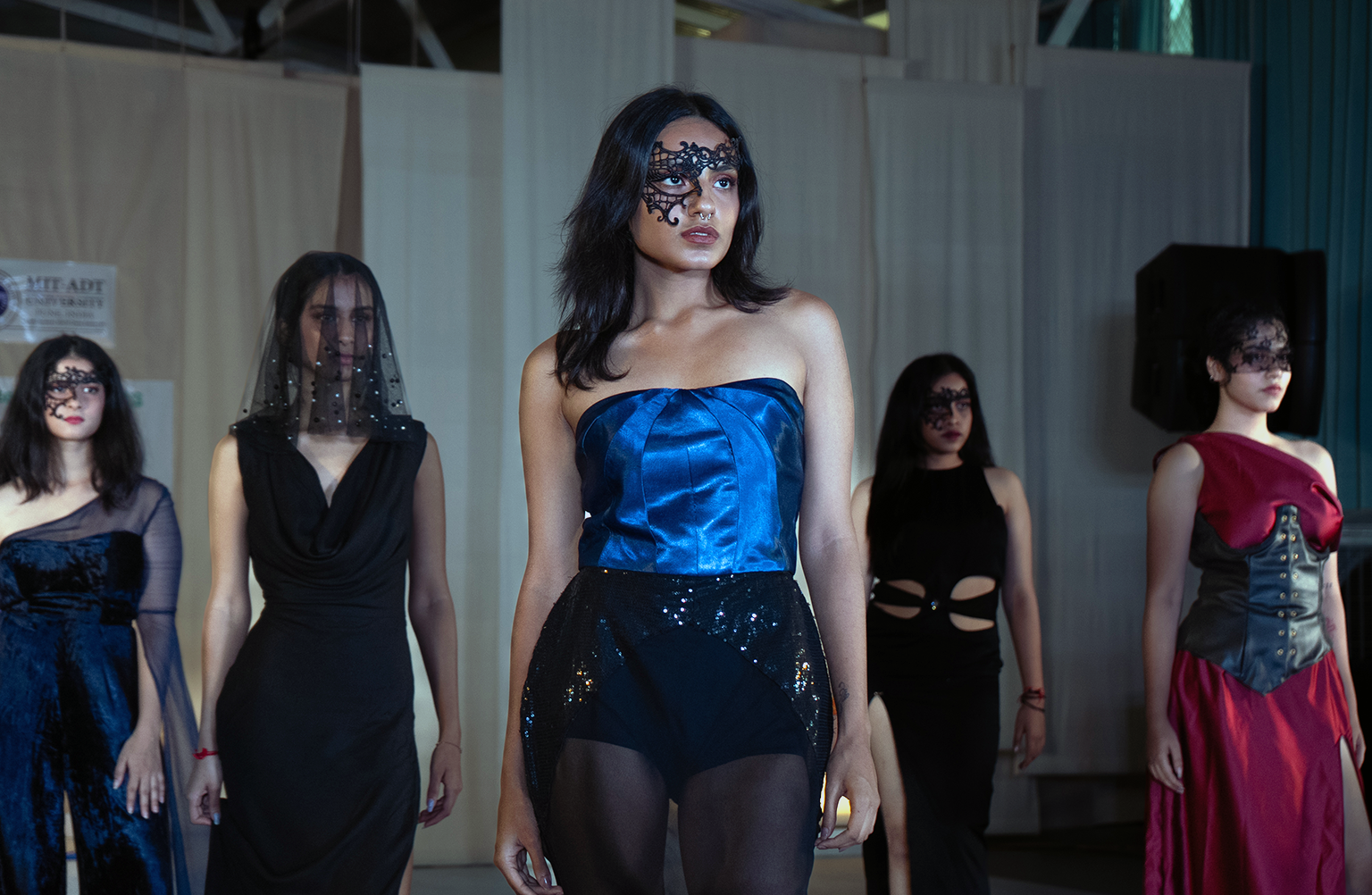
In pursuance of one of our future aspirations, we at the MIT Institute of Design are now planning to add a further dimension to the programmes of design learning at our campus. The concept of Design Habitat is in fact a logical and organic extension of our stated philosophy that ensures a total generalist ambience to enable design learning to happen on learners' own volition without being 'spoon-fed'. It would evolve as an overarching concept around the functional framework of the Design Institute which remains an integral component of the Habitat.
It is into this kind of stimulating and inspirational environment that mentors from various designs related disciplines would be invited to interact with the design learners and challenge their young minds to explore newer territories that should complement and reinforce their ongoing design learning. Here are some of the disciplines from which these mentors would be selected: Biomechanics, alternative energy systems, linguistics (semiotics), performing arts, plastic arts, design anthropology, perception and cognitive psychologies and several more. The mentors would ensure that the level of interaction is such that it eventually leads to a learning that is comprehensive, sustained and focused in depth, and directly -or indirectly- design related.
Distributing the course contents in form of projects is an obvious and time tested method. Each project would be formulated so as to necessitate participation of a mentor and one or two young aspirants pursuing the same discipline as the participating mentor. The team thus formed would be led by a member of the permanent faculty of the Institute. Sometimes the project might be so designed as to need participation of mentors from more than one discipline.
The enhanced scope of activities at the Design Habitat would also mean that we reinforce in phases the present areas of learning at the Institute. To this effect, two new centers of advanced learning are being envisaged for the near future.
The first is the Faculty of Architecture. The major emphasis here would be on humane and logical application of Twenty First Century technologies, arts and sciences toward solving the problems of human habitat in India. The second is a Centre for Theatre and Body Language, Even though it might seem to have been inspired by the old Bauhaus Theatre of the 1930's, its major thrust would be on exploring the worlds of light and sound effects and ways of communication by means of the human body language.

